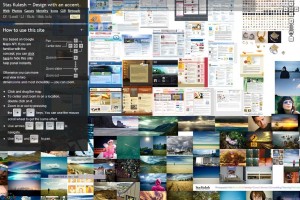TweepML is like OPML for Twitter. Like the way OPML simplifies grouping RSS feeds, TweepML attempts to simplify groups of Twitter feeds. The process is cut and dry. A user creates a name for a feed, enters a list of Twitter usernames and hits create. This produces a public page with a list of Twitter feeds. Visitors can quickly follow the entire list or select only specific feeds from the list via check boxes.
Twitter has announced its own forthcoming lists feature, but the TweepML blog offers worthwhile differences between the two. Twitter’s lists feature (at least in this iteration) may not be as customizable (e.g. The list follower cannot choose feeds a la carte from a list) and may lock the list follower into the whims of the list creator (e.g. If the list creator adds or removes feeds, these are automatically added and removed for the list follower). I’m sure Twitter’s lists will develop quickly, but I can see value in multiple approaches to how lists are done.
Lists showing up on TweepML so far tend to be groupings based on industries and interests. However, I see potential in creating lists that would be useful for temporary situations. For example, one could create a list of local fire, police, government and news feeds that could be useful in an emergency situation. Community blogs could keep a link to this list in their sidebar and raise its prominence when the need arises.



